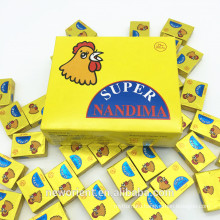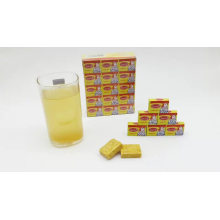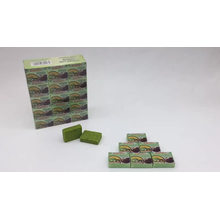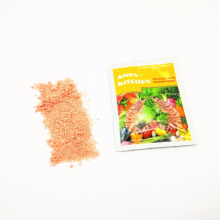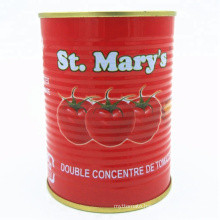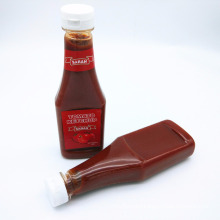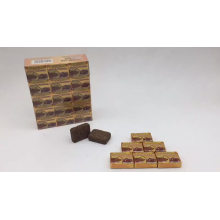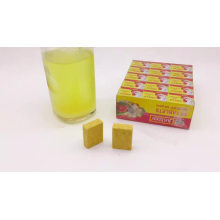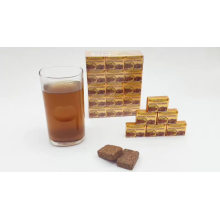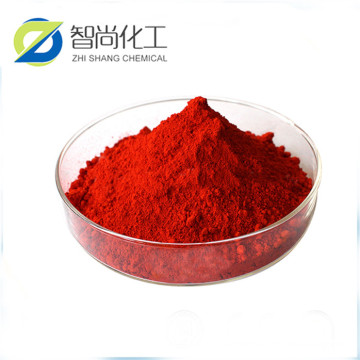Best price Acid Red 27 915-67-3
Basic Info
Model No.: CAS NO 915-67-3
Product Description
Best price Acid Red 27 915-67-3
Amaranth, FD&C Red No. 2, E123, C.I. Food Red 9, Acid Red 27, Azorubin S, or C.I. 16185 is a dark red to purple azo dye used as a food dye and to color cosmetics. The name was taken from amaranth grain, a plant distinguished by its red color and edible protein-rich seeds.
Amaranth is an anionic dye. It can be applied to natural and synthetic fibers, leather, paper, and phenol-formaldehyde resins. As a food additive it has E number E123. Amaranth usually comes as a trisodium salt. It has the appearance of reddish-brown, dark red to purple water-soluble powder that decomposes at 120°C without melting. Its water solution has absorption maximum at about 520nm. Like all azo dyes, Amaranth was, during the middle of the 20th century, made from coal tar; modern synthetics are more likely to be made from petroleum byproducts.
Since 1976 Amaranth has been banned in the United States by the Food and Drug Administration (FDA) as a suspected carcinogen. Its use is still legal in some countries, notably in the United Kingdom where it is most commonly used to give Glacé cherries their distinctive color.
Production methods
1. The preparation of amaranth will 1 - naphthylamine - 4 - dissolve the sodium sulfonate in 8 ~ 9 times the amount (mass) of 75 ~ 85 ℃ water, filtering, and cooling to the 0 ~ 5 ℃; Join the original 1.2 ~ 1.5 times the amount of sodium salt (quality) of hydrochloric acid, stir let stand, precipitation of subtle 1 - naphthylamine - 4 - sulfonic acid crystallization, it cooled to below 5 ℃; Slowly under 3 ~ 5 ℃ to join 1:2 (quality) of sodium nitrite solution of diazotization, yellowish paste diazo liquid, reaction after the material liquid of Congo red test paper is strongly acidic (blue). R acid sodium (2 - naphthol - 3, 6 - disulfonic acid sodium) dissolved in 9 ~ 10 times the amount (mass) of 60 ~ 65 ℃ water, add some sodium carbonate (total 1 / 5), dissolved after filtration, the filtrate into the reaction kettle, then add in the rest of the sodium carbonate, stir to dissolve and cool to 5 ~ 8 ℃; Again in 10 ~ 15 ℃ and Ph value of 8, add the liquid diazo coupling reaction for several hours. After the reaction (2 - naphthol - 3, 6 - disulfonic acid sodium) slightly too much will warm up solution to 50 ~ 60 ℃, stir in refined sodium chloride, and then make its natural cooling to room temperature, static precipitation crystallization. Dissolved the crystallization in 15 times the amount (mass) 70 ℃ of clean water, add the right amount of sodium carbonate, the solution is slightly alkaline, filtered to join the refined salt, mixing with hydrochloric acid pH value to 6.5 ~ 6.5, let stand crystallization, dry separation products. 2. The preparation of amaranth is made from aluminum chloride, aluminum salt and sodium carbonate, etc., to make aluminum hydroxide, which is added to the red water solution of amaranth, and the product is precipitated.
use
As a food coloring agent, China can be used in red and green silk and canned cherry can (for decoration), the maximum amount is 10g/kg; In all kinds of beverage, confectionery, confectionery, pastries, green plum, hawthorn products and pickled vegetables, the maximum usage is 05g/kg. Used for coloring food, medicine and daily cosmetics. Used in medicine: pharmaceutical tablet, water solvent, tincture, sugar coating, gelatin pill and medicinal ointment, etc. For cosmetics: cosmetics, toothpaste, flower dew, bath, shampoo, hair oil, wax, etc., but not for eye makeup. REDOX indicator, used as an indicator for trivalent arsenic and antimony, used as a cell stain in tissue culture. 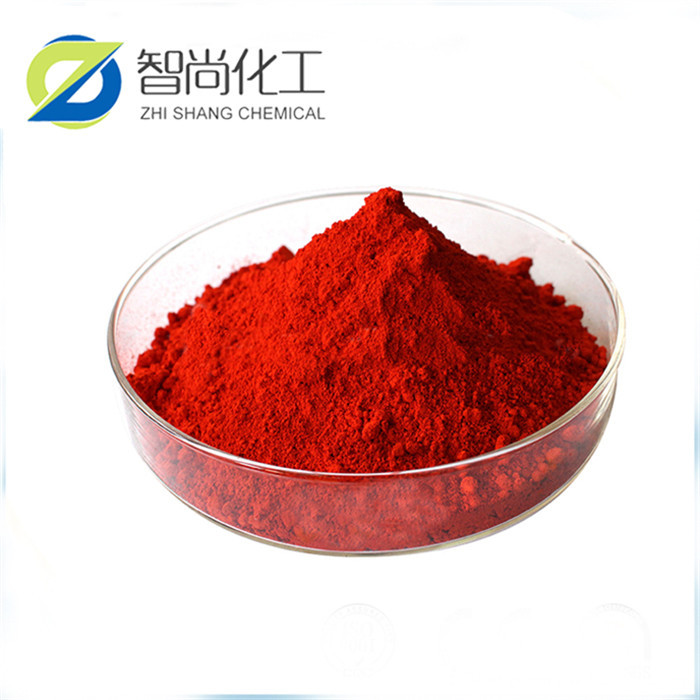
Product expansion
1> Cosmetic Raw Materials: Cosmetics is a variety of raw materials through a reasonable deployment of processing from the compound mixture. Cosmetics with a wide range of raw materials, different performance. According to the Raw Material properties and uses of cosmetics, can be divided into matrix materials and auxiliary raw materials in two categories.
2> Active Pharmaceutical Ingredients(API): API refers to the raw materials in the production of various types of preparations, which is the active ingredient in powder,crystal and paste for medicine use through chemical synthesis,plant extract, and preparations of biotechnology institute.
3> Fragrance And Spices: Spices are an important part of fine chemicals, it is composed of natural spices, synthetic spices and single fragrance.
4> Organic Raw Material: Intermediates are also known as organic intermediates. The use of coal tar or petroleum products as raw materials to produce dyes, resins, additives, and other intermediates.
5> Chemicals Used In Paints: Paint, the traditional Chinese name is paint. So-called coating is coated on the surface of the object that be protected or be adornment, and with the continuous film coating to form strong adhesion.
6> Pharmaceutical Intermediates: The so-called pharmaceutical intermediates, refers to the production of pharmaceutical products in the process, the use of raw materials, materials, accessories and other intermediate products.
7> Agricultural Chemicals: Research and agriculture related chemical, including pesticide, plant growth regulator, fertilizer, compound fertilizer, herbicide etc.
Contact us if you need more details on CAS NO 915-67-3. We are ready to answer your questions on packaging, logistics, certification or any other aspects about Acid Red 27 915-67-3、Others Name of INS 123. If these products fail to match your need, please contact us and we would like to provide relevant information.Product Categories : Additives > Food Additive
